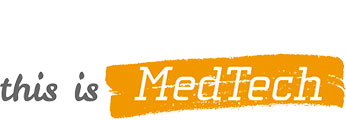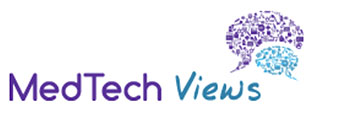Approval system: bringing new technology to market
Posted on 05.11.2015
The recent PIP breast implant incident has made it crystal clear that healthcare actors must pull together to ensure that such a case of fraud never happens again. The medical device industry unanimously agrees that an overhaul of Europe’s regulatory framework is necessary to improve the system that has been the world’s fastest in providing life-saving technologies to patients without compromising safety.
The European Parliament (in its resolution of 13 June) called for – although with a thin majority – a pre-market authorisation system for medical devices, as is already the case for pharmaceuticals. The European Commission has responded by including a “scrutiny procedure” in its proposal for the revision of the EU Medical Devices Directives. This procedure will fundamentally change the current system and will not lead to the desired outcome of increased safety for patients. The measure would address some political calls to move the system towards a centralised pre-market authorisation system as found in the United States but will ultimately result in harming European patients and negatively impact mostly European small and medium sized enterprises (SME).
When considering changes to the EU regulatory framework, we must strive to answer three questions
- Will the changes increase safety for patients?
- Will they allow life-saving medical technologies to be made available to people in Europe just as fast as today?
- Will they encourage the innovation that European healthcare systems urgently need to become more efficient?
In the case of the scrutiny procedure, we believe the answer to all three questions is clearly “no”, and we therefore strongly oppose this proposed measure.
Adopting a pharma-like system for devices would not address the different nature and innovation cycles of medical technologies. Moreover, it would not lead to an increase in patient safety, but may cause years of delay in the availability of medical technology solutions to European citizens and a loss of European innovation competitiveness compared with other regions. Indeed, recent reports from respected academics and researchers have shown that life-saving medical technologies are made available to European patients an average of three to five years longer than those in the United States—and this without sacrificing safety. Eucomed is convinced that we can remain in this privileged situation with the support of a regulatory framework that reflects this wish for safe, efficient and cost-effective innovation.
Today, Europe already has a pre-market approval mechanism in place for high-risk devices which has proven to deliver a high level of safety and provides European citizens with access to innovation 2-3 years before their US counterparts. In fact, the procedure has been part of European legislation since 1993 (see Directive 93/42/EEC):
…whereas, for devices falling within Classes IIb and III which constitute a high risk potential, inspection by a notified body is required with regard to the design and manufacture of the devices; whereas Class III is set aside for the most critical devices for which explicit prior authorisation with regard to conformity is required for them to be placed on the market;
Decentralisation: a deliberate choice
A centralised approach would not work for medical technology. While health systems purchase nearly 16,000 medicines, they require over thirty times that amount of medical devices. Approximately half a million different products are supplied to the healthcare system from a global industry, most of whom, 95%(1), are SMEs. A central approach would be completely overwhelmed with work and grind to a halt.
Europe deliberately chose an alternative to the centralised approach. An approach that made sure that the safety, science and technology was sound and that health authorities had a firm grip on the reins should public health or safety be at risk.


